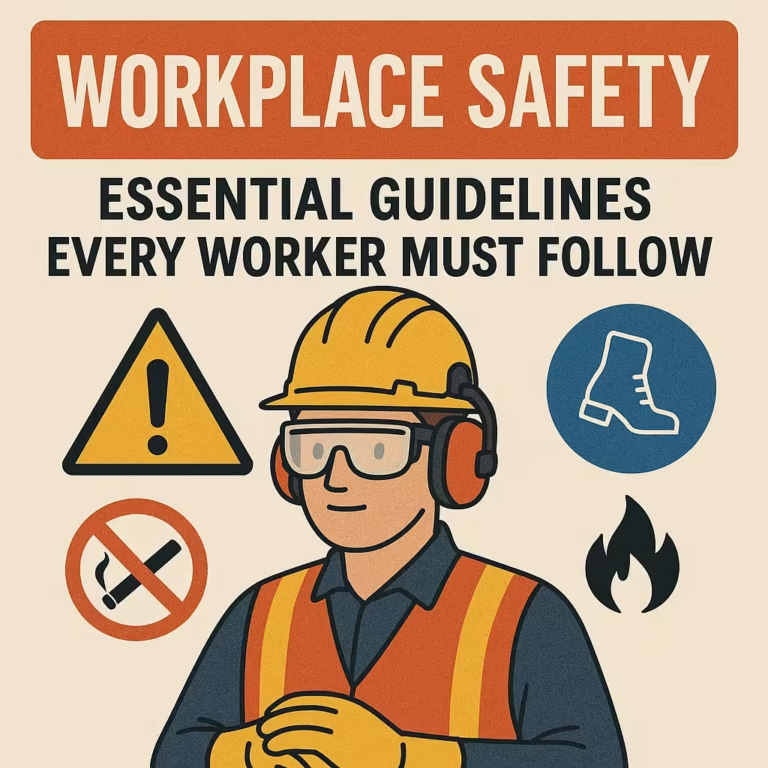Construction Scheduling: Why It’s Essential
Welcome Back – Let’s Talk Scheduling
Welcome welcome back and we spoke about planning and scheduling we defined them now we’re going to talk about importance of scheduling.
Why Do Contractors and Owners Need Scheduling?
Understanding Project Completion Expectations
Why do contractors and owners alike need scheduling? Well, first of all, owners need to get an idea on project expected finish date.
Many owners are not informed. I’ve seen owners who want a project done in four months that this project needs 22 months, so they need to be realistic.
Contractors Meeting Owner Requirements
From the contractor’s perspective, they want to ensure ability to meet the owner’s requirements or the contract’s requirement.
When the owner says I want this project to be completed in 12 months, for example, the contractor needs to do scheduling to ensure that he or she is capable of doing the project and completing it in 12 months as stipulated.
Ensuring Proper Planning
Owners Want to Monitor Milestones
Reason number two: owners like to ensure contractors’ proper planning for timely finish.
It’s not only a schedule that says the project finishes in 12 or 15 months—it’s detailed with milestones for the owner to measure contractor performance.
Efficient Coordination with Subcontractors
From the contractor’s perspective, it’s about having an efficient work plan coordinated with subcontractors.
Most general contractors (or “prime contractors”) do very little themselves—they coordinate subcontractors. Without detailed scheduling, this coordination is impossible.
Predicting and Managing Cash Flow
Importance of Cash Flow Diagrams
Reason number three why we schedule projects: owners and contractors both want cash flow prediction and diagrams.
This is very important. I remember in 1998 I read an article in ENR magazine (Engineering News Record) about the collapse of construction companies due to financial mismanagement, not technical issues.
Payment Inflows vs. Outflows
Contractors are squeezed between two forces:
-
Payment from the owner – which may not come on time.
-
Payments to vendors, suppliers, workers – which are urgent.
So if cash doesn’t come in on time, the contractor cannot make the cash out payments.
Early vs. Late Spending Curves
Understanding the Cash Flow Graph
Here are three curves in a cash flow diagram:
-
The upper curve: spending based on early dates.
-
The lower curve: spending based on late dates.
-
Reality usually falls in between.
The “Lazy S” Spending Curve
Continuous Spending vs. Monthly Reimbursement
Another important curve:
-
The red curve (contractor’s spending) is continuous and shaped like a lazy S.
-
The reimbursement from the owner is more like a ladder—discrete monthly payments.
Issues with Reimbursement
Payment Lag and Retainage
Two big problems contractors face:
-
Lag – Payments are delayed by 4 to 6 weeks after spending.
-
Retainage – Owners hold back 10% as leverage (retention), often until after warranty periods (up to 400 days in some regions).
Time Value of Money
Cost of Borrowing and Lost Opportunity
The contractor faces:
-
Cost of borrowing (interest paid to banks).
-
Lost opportunity cost – If contractor uses own funds, they lose out on potential earnings elsewhere.
Credit Line and Debt Risk
Managing Negative Cash Flow
The contractor must ask:
-
“Do I have enough credit line to cover the peak negative cash flow in the project lifecycle?”
Schedule for Project Control
Verifying Progress Payment Requests
Reason number four: scheduling is used for project control and verifying progress payment requests.
As mentioned earlier, the contractor submits progress payment requests on a monthly basis.
Evaluating Change Orders
What-If Scenarios and Impact Analysis
Reason number five: scheduling helps evaluate change orders and “what-if” scenarios.
In North America, we call them “change orders” (COs), in Europe, “variation orders” (VOs).
Managing Project Scope Changes
If a project’s design changes (e.g., marble tiles switched to ceramic), the contractor must:
-
Recalculate cost and time impact,
-
Inform the owner, and
-
Await approval before the change is valid.
Procurement Planning
Ordering Long-Lead and High-Volume Items
Contractors need scheduling for materials procurement:
-
For custom items (e.g., a one-piece marble bathtub from Italy taking 8 months).
-
For bulk standard items (e.g., ordering 600 doors in advance).
Who Else Needs the Schedule?
Designers and Consultants
-
Designers/Architect-Engineers (AE) need to ensure the project can meet deadlines—even before hiring a contractor.
Project and Construction Managers (PMC/CM)
-
Hired by owners to oversee the build, they rely on scheduling for tracking progress.
Other Stakeholders Needing the Schedule
Financial Institutions and Legal Consultants
-
Lenders need milestone checks to ensure the project is on track.
-
Governments need schedules for permits and approvals.
-
Attorneys and legal consultants use schedules for compliance and claims.






